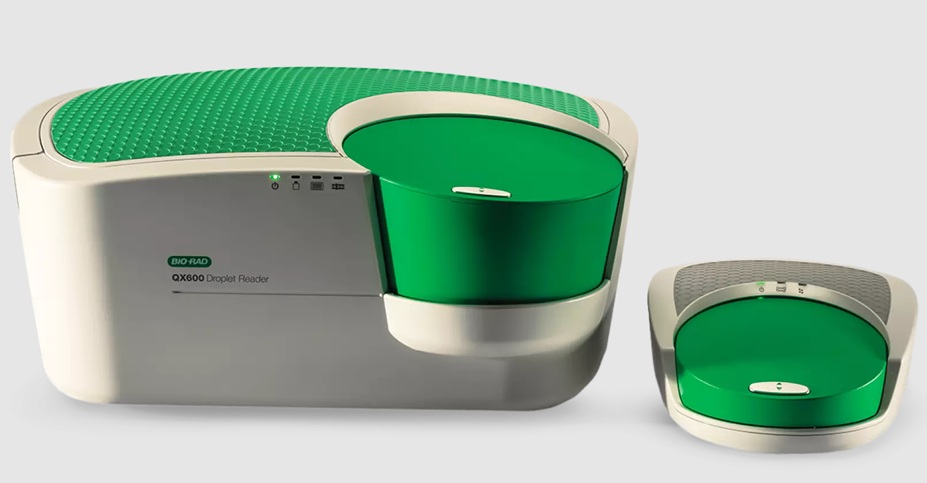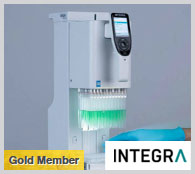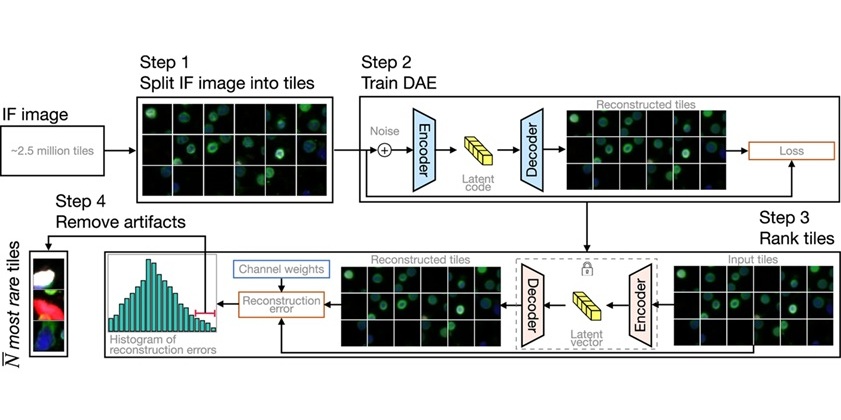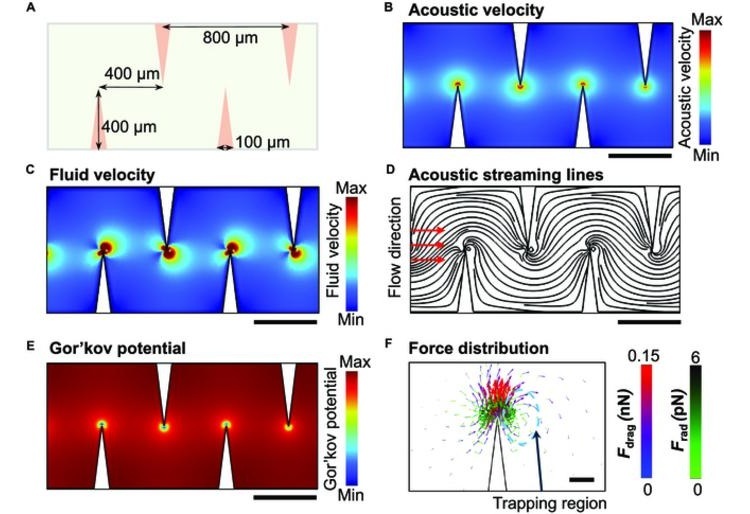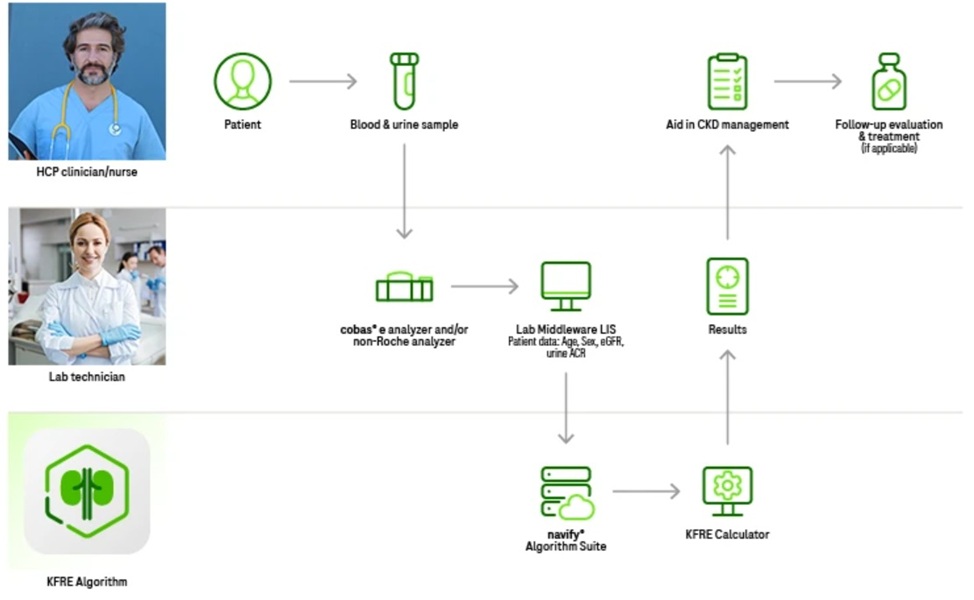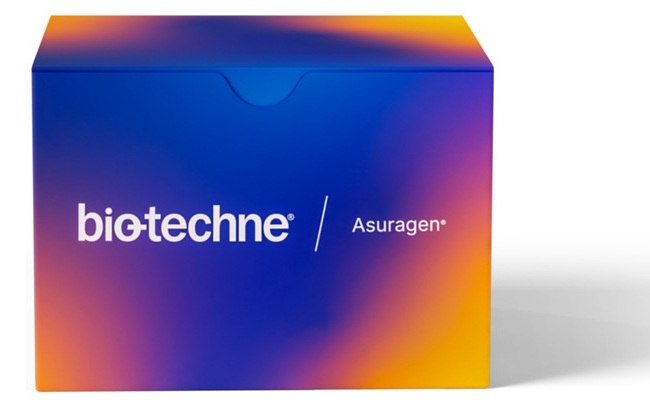Human CRP-Levels Compared Using Point-of-Care Methods
|
By LabMedica International staff writers Posted on 08 Oct 2019 |
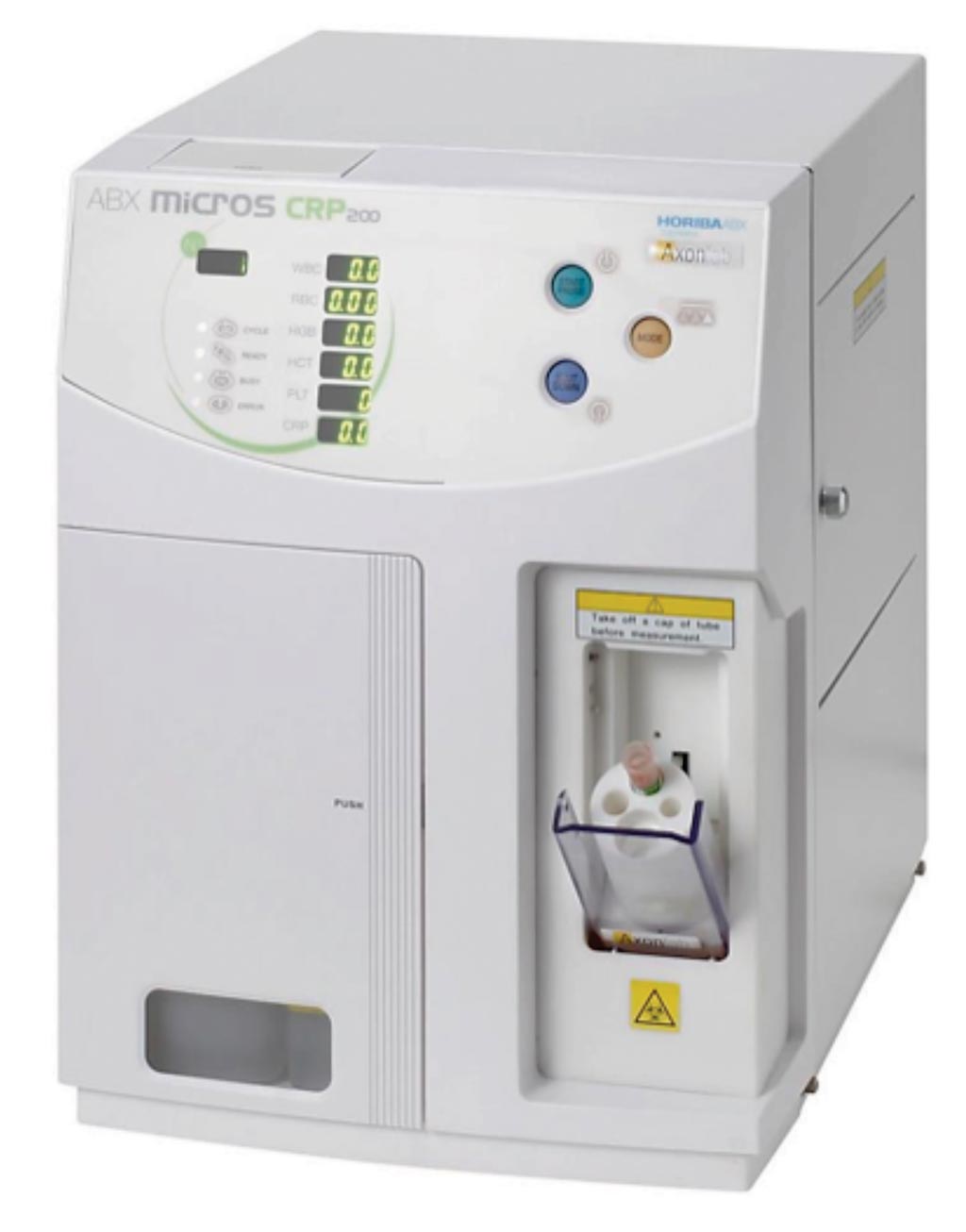
Image: The ABX Micros CRP 200 hematology analyzer (Photo courtesy of Horiba Medical).
Due to the rapid increase of the C-reactive protein (CRP) concentration in the event of an inflammatory disease, CRP is regarded as one of the most important acute phase proteins. Inflammation and CRP play an important role in operations, trauma, mental stress, myocardial infarction and neoplastic diseases.
The use of point-of-care (POC) methods and the measurements of CRP as a diagnostic marker have both increased over the past years. This has led to an increase in POC-methods analyzing CRP. High CRP levels are often seen as an indication for the proscribing of antibiotics. The quality of POC-systems compared to routine diagnostic measurements for the analysis of CRP is thereby of major importance, since many small practices will use POC-methods.
Biomedical scientists from the Salzburg University of Applied Sciences (Puch bei Hallein, Austria) compared POC and classical clinical chemistry methods, using 199 anonymized patient samples (104 male and 95 female patients aged from 31 to 96 years). The blood samples were selected based on a CRP concentration of more than 100 mg/L as measured by the Architect ci8200SR.
Comparisons were then made with ABX Micros CRP 200 (Horiba, Kyoto, Japan) and the i-CHROMA system. The CRP-levels on the Architect ci8200 were detected using serum samples and the method is based on a turbidimetric assay. EDTA-whole blood was used for the test procedure with the i-CHROMA and ABX. The ABX also works with a turbidimetric assay system and the i-CHROMA is based on a fluorescence sandwich immunoassay. The values from the i-CHROMA were used corrected for the hematocrit values.
The scientists reported that the results of the Architect ci8200 and the ABX showed significant differences when compared to the results of the i-CHROMA with hematocrit corrections. In addition, the values of the Architect ci8200 and the ABXs were also significantly different. Nevertheless, the most pronounced differences were seen when comparing the i-CHROMA with the Architect ci8200 with detected differences of up to 147.6 mg/L. Comparing the values of the i-CHROMA with the ABX resulted in differences of up to 92.7 mg/L. The lowest maximal difference of 39.4 mg/L is seen when comparing the results of the Architect ci8200 and the ABX.
The authors concluded that the measured CRP concentrations of the i-CHROMA strongly differ in the higher CRP concentration range when compared to the measurements performed on routine diagnostic equipment. The significantly reduced CRP measurements can strongly affect patient safety and result in wrong diagnostic measures. The study was published on September 19, 2019, in the journal Practical Laboratory Medicine.
The use of point-of-care (POC) methods and the measurements of CRP as a diagnostic marker have both increased over the past years. This has led to an increase in POC-methods analyzing CRP. High CRP levels are often seen as an indication for the proscribing of antibiotics. The quality of POC-systems compared to routine diagnostic measurements for the analysis of CRP is thereby of major importance, since many small practices will use POC-methods.
Biomedical scientists from the Salzburg University of Applied Sciences (Puch bei Hallein, Austria) compared POC and classical clinical chemistry methods, using 199 anonymized patient samples (104 male and 95 female patients aged from 31 to 96 years). The blood samples were selected based on a CRP concentration of more than 100 mg/L as measured by the Architect ci8200SR.
Comparisons were then made with ABX Micros CRP 200 (Horiba, Kyoto, Japan) and the i-CHROMA system. The CRP-levels on the Architect ci8200 were detected using serum samples and the method is based on a turbidimetric assay. EDTA-whole blood was used for the test procedure with the i-CHROMA and ABX. The ABX also works with a turbidimetric assay system and the i-CHROMA is based on a fluorescence sandwich immunoassay. The values from the i-CHROMA were used corrected for the hematocrit values.
The scientists reported that the results of the Architect ci8200 and the ABX showed significant differences when compared to the results of the i-CHROMA with hematocrit corrections. In addition, the values of the Architect ci8200 and the ABXs were also significantly different. Nevertheless, the most pronounced differences were seen when comparing the i-CHROMA with the Architect ci8200 with detected differences of up to 147.6 mg/L. Comparing the values of the i-CHROMA with the ABX resulted in differences of up to 92.7 mg/L. The lowest maximal difference of 39.4 mg/L is seen when comparing the results of the Architect ci8200 and the ABX.
The authors concluded that the measured CRP concentrations of the i-CHROMA strongly differ in the higher CRP concentration range when compared to the measurements performed on routine diagnostic equipment. The significantly reduced CRP measurements can strongly affect patient safety and result in wrong diagnostic measures. The study was published on September 19, 2019, in the journal Practical Laboratory Medicine.
Latest Clinical Chem. News
- VOCs Show Promise for Early Multi-Cancer Detection
- Portable Raman Spectroscopy Offers Cost-Effective Kidney Disease Diagnosis at POC
- Gold Nanoparticles to Improve Accuracy of Ovarian Cancer Diagnosis
- Simultaneous Cell Isolation Technology Improves Cancer Diagnostic Accuracy
- Simple Non-Invasive Hair-Based Test Could Speed ALS Diagnosis
- Paper Strip Saliva Test Detects Elevated Uric Acid Levels Without Blood Draws
- Prostate Cancer Markers Based on Chemical Make-Up of Calcifications to Speed Up Detection
- Breath Test Could Help Detect Blood Cancers
- ML-Powered Gas Sensors to Detect Pathogens and AMR at POC
- Saliva-Based Cancer Detection Technology Eliminates Need for Complex Sample Preparation
- Skin Swabs Could Detect Parkinson’s Years Before Symptoms Appear
- New Clinical Chemistry Analyzer Designed to Meet Growing Demands of Modern Labs

- New Reference Measurement Procedure Standardizes Nucleic Acid Amplification Test Results
- Pen-Like Tool Quickly and Non-Invasively Detects Opioids from Skin
- Simple Urine Test Could Detect Multiple Cancers at Early Stage
- Earwax Test Accurately Detects Parkinson’s by Identifying Odor Molecules
Channels
Molecular Diagnostics
view channel
Genomic Test Could Reduce Lymph Node Biopsy Surgery in Melanoma Patients
Accurately determining whether melanoma has spread to the lymph nodes is crucial for guiding treatment decisions, yet the standard procedure—sentinel lymph node biopsy—remains invasive, costly, and unnecessary... Read more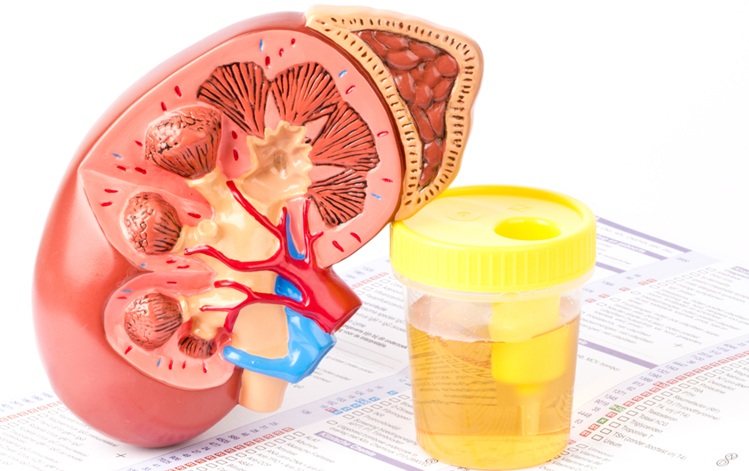
Urine Test Could Replace Painful Kidney Biopsies for Lupus Patients
Lupus is an autoimmune disorder that causes the immune system to attack the body’s own tissues and organs. Among the five million people living with lupus globally, nearly half develop lupus nephritis,... Read more
Blood Test Guides Post-Surgical Immunotherapy for Muscle-Invasive Bladder Cancer
After surgery for muscle-invasive bladder cancer, many patients face uncertainty about whether residual cancer cells remain in their bodies. Now, a new international phase 3 study has demonstrated that... Read more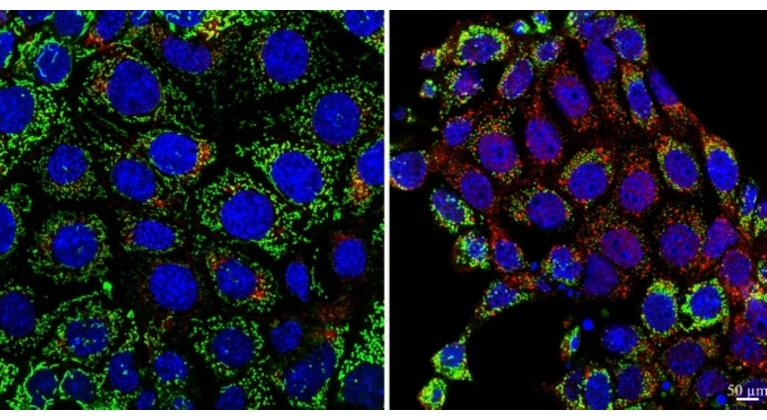
Mitochondrial DNA Mutations from Kidney Stressors Could Predict Future Organ Decline
Kidney-related diseases are alarmingly common: chronic kidney disease (CKD) affects more than one in seven U.S. adults, while about 20% of hospitalized adults are diagnosed with acute kidney injury (AKI).... Read moreHematology
view channel
Viscoelastic Testing Could Improve Treatment of Maternal Hemorrhage
Postpartum hemorrhage, severe bleeding after childbirth, remains one of the leading causes of maternal mortality worldwide, yet many of these deaths are preventable. Standard care can be hindered by delays... Read more
Pioneering Model Measures Radiation Exposure in Blood for Precise Cancer Treatments
Scientists have long focused on protecting organs near tumors during radiotherapy, but blood — a vital, circulating tissue — has largely been excluded from dose calculations. Each blood cell passing through... Read more
Platelets Could Improve Early and Minimally Invasive Detection of Cancer
Platelets are widely recognized for their role in blood clotting and scab formation, but they also play a crucial role in immune defense by detecting pathogens and recruiting immune cells.... Read more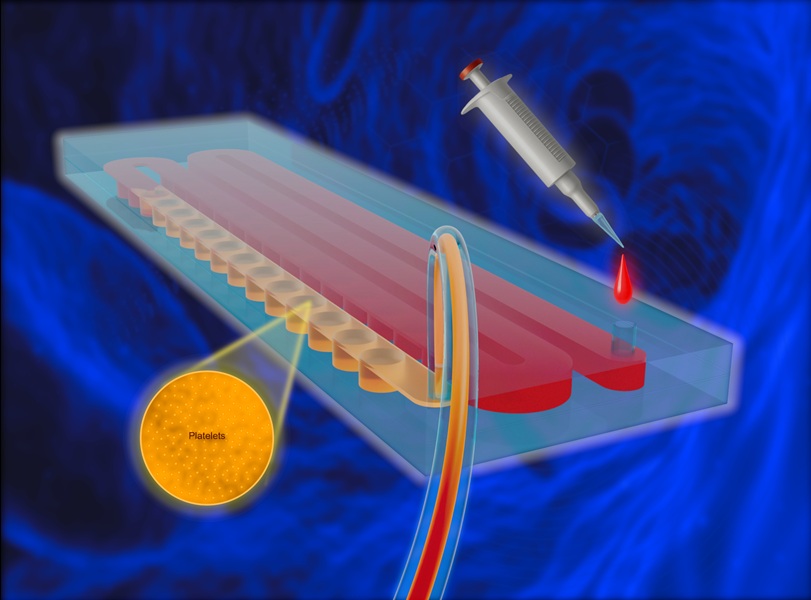
Portable and Disposable Device Obtains Platelet-Rich Plasma Without Complex Equipment
Platelet-rich plasma (PRP) plays a crucial role in regenerative medicine due to its ability to accelerate healing and repair tissue. However, obtaining PRP traditionally requires expensive centrifugation... Read moreImmunology
view channel
Blood-Based Liquid Biopsy Model Analyzes Immunotherapy Effectiveness
Immunotherapy has revolutionized cancer care by harnessing the immune system to fight tumors, yet predicting who will benefit remains a major challenge. Many patients undergo costly and taxing treatment... Read more
Signature Genes Predict T-Cell Expansion in Cancer Immunotherapy
Modern cancer immunotherapies rely on the ability of CD8⁺ T cells to rapidly multiply within tumors, generating the immune force needed to eliminate cancer cells. However, the biological triggers behind... Read moreMicrobiology
view channel
Fast Noninvasive Bedside Test Uses Sugar Fingerprint to Detect Fungal Infections
Candida bloodstream infections are a growing global health threat, causing an estimated 6 million cases and 3.8 million deaths annually. Hospitals are particularly vulnerable, as weakened patients after... Read more
Rapid Sepsis Diagnostic Device to Enable Personalized Critical Care for ICU Patients
Sepsis is a life-threatening condition that occurs when the body’s response to infection spirals out of control, damaging organs and leading to critical illness. Patients often arrive at intensive care... Read morePathology
view channel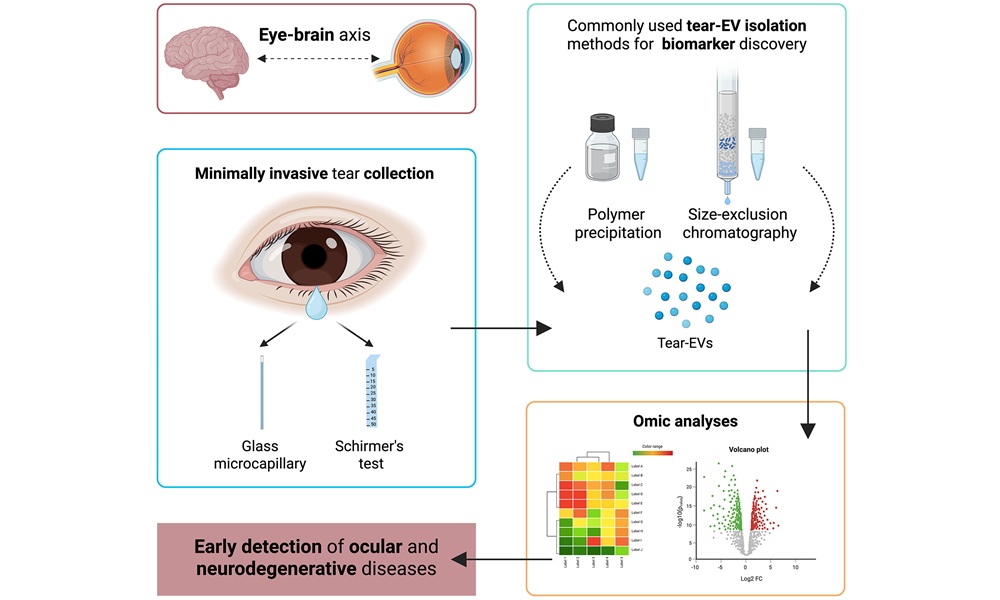
Tears Offer Noninvasive Alternative for Diagnosing Neurodegenerative Diseases
Diagnosing and monitoring eye and neurodegenerative diseases often requires invasive procedures to access ocular fluids. Ocular fluids like aqueous humor and vitreous humor contain valuable molecular information... Read more
AI-Powered Method Combines Blood Data to Accurately Measure Biological Age
Chronological age tells us how many years we’ve lived, but not how quickly our bodies are ageing. Some people stay healthy well into their 80s or 90s, while others experience decline much earlier.... Read moreTechnology
view channel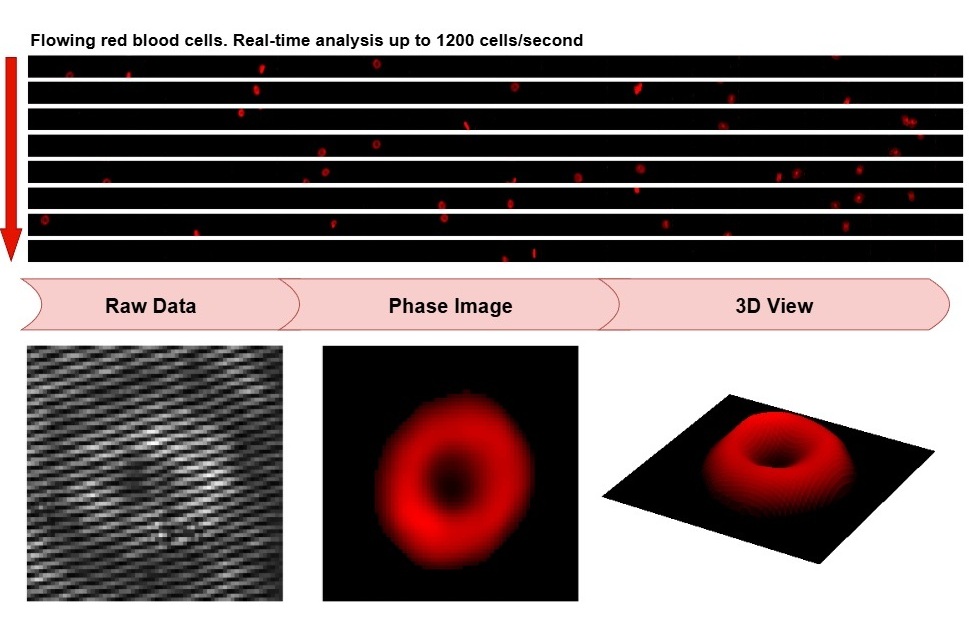
Embedded GPU Platform Enables Rapid Blood Profiling for POC Diagnostics
Blood tests remain a cornerstone of medical diagnostics, but traditional imaging and analysis methods can be slow, costly, and reliant on dyes or contrast agents. Now, scientists have developed a real-time,... Read more
Viral Biosensor Test Simultaneously Detects Hepatitis and HIV
Globally, over 300 million people live with Hepatitis B and C, and 40 million with HIV, according to WHO estimates. Diagnosing bloodborne viruses such as HIV and Hepatitis B and C remains challenging in... Read moreIndustry
view channel
Advanced Instruments Merged Under Nova Biomedical Name
Advanced Instruments (Norwood, MA, USA) and Nova Biomedical (Waltham, MA, USA) are now officially doing business under a single, unified brand. This transformation is expected to deliver greater value... Read more